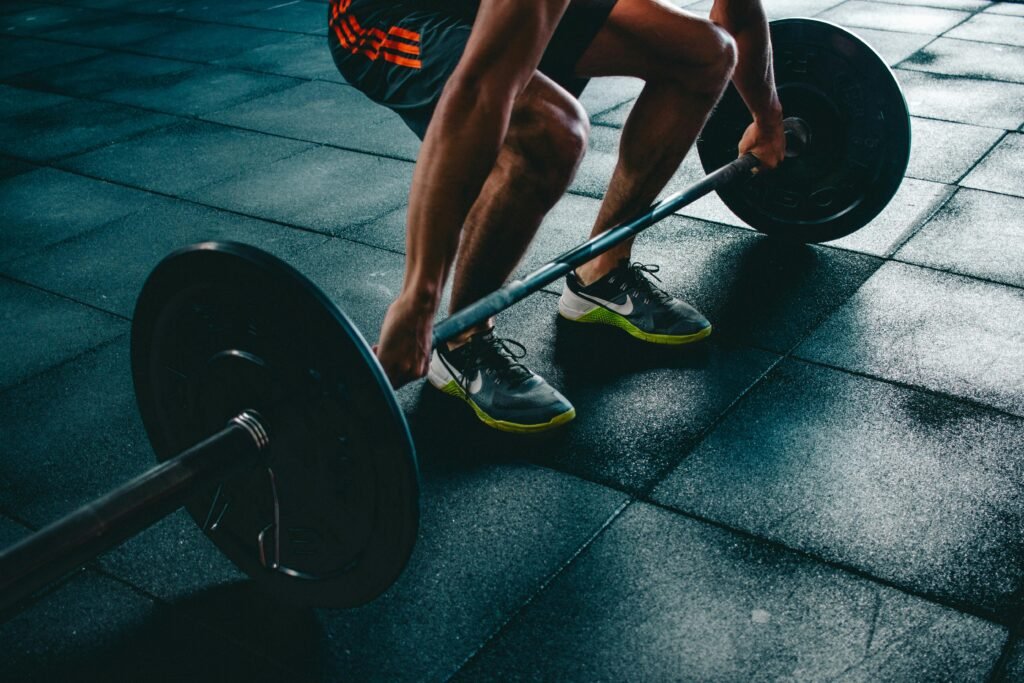Go-karting, often perceived as a thrilling recreational sport, offers much more than just adrenaline-fueled fun. Beyond the high-speed excitement, go-karting plays a significant role in enhancing both motor skills and reflexes, making it an ideal activity for boosting physical and mental capabilities.
Whether you’re a casual driver or an aspiring motorsport professional, karting can sharpen your coordination, reaction time, and overall mental agility.
Here’s how go-karting impacts motor skills and reflexes, and why it’s a valuable experience for people of all ages.
1. Improving Hand-Eye Coordination
Go-karting demands precise control over the vehicle, requiring drivers to coordinate their hand movements with what they see on the track. The combination of steering, accelerating, and braking must be perfectly timed to navigate sharp turns and avoid obstacles.

This continuous process of aligning hand movements with visual cues strengthens the brain’s ability to process information rapidly and efficiently, which in turn improves hand-eye coordination.
How it Helps: Enhanced hand-eye coordination improves overall dexterity and precision, both in sports and daily activities such as driving or typing.
Long-Term Benefits: Regular karting strengthens the brain’s ability to quickly translate visual inputs into motor responses, enhancing fluidity in coordination and control across various activities.
2. Enhancing Reflexes and Reaction Time
Go-karting requires quick decision-making at every turn. Drivers must react rapidly to changing track conditions, the movements of other drivers, and their own speed. These split-second decisions train and improve reflexes, as drivers constantly adjust to the fast-paced environment.
How it Helps: Karting reduces reaction time by training the body to respond quickly to visual and auditory stimuli. This improves performance not only on the track but also in everyday situations requiring fast reflexes, such as driving.
Application in Real Life: Faster reflexes and improved reaction time enhance performance in other fast-paced activities and can help in high-pressure situations, making individuals more alert and responsive.
3. Strengthening Core Motor Skills
The physical demands of go-karting go beyond steering. Drivers engage their entire body—particularly the arms, legs, and core muscles—to maintain control and balance on the track. Braking, accelerating, and steering in quick succession requires strength, coordination, and endurance.

How it Helps: Go-karting strengthens both gross motor skills (involving large body movements) and fine motor skills (such as gripping the wheel and adjusting pedal pressure). These improvements in motor function boost coordination and agility.
Muscle Engagement: The consistent use of the arms, legs, and core muscles while controlling the kart improves muscular endurance and coordination, helping with overall body control.
4. Sharpening Focus and Mental Agility
Karting demands sustained concentration. Drivers must remain attentive to every movement on the track, their competitors, and changes in speed.
This level of focus enhances mental agility and spatial awareness, both of which are essential for developing strong motor skills.

How it Helps: Continuous focus sharpens cognitive abilities, improving decision-making and problem-solving skills. Drivers also enhance their spatial awareness, allowing them to judge distances and positioning more accurately.
Multi-tasking Skills: When racing, drivers must think several steps ahead, anticipating their next move while reacting to the present situation. This multi-tasking boosts cognitive flexibility, making it easier to adapt to new situations both on and off the track.
5. Boosting Confidence and Decision-Making Skills
Go-karting helps build confidence in one’s ability to control a vehicle at high speeds. Constantly making decisions—when to brake, when to accelerate, when to overtake—reinforces self-assurance and sharpens decision-making skills.
Over time, drivers become more adept at assessing risks and rewards, which improves judgment.
How it Helps: Quick decision-making on the track translates to increased confidence and the ability to make swift, informed decisions in real life.
Strategic Thinking: Karting encourages drivers to push their limits, teaching them to evaluate risks, improve their decision-making, and refine their strategy in high-pressure situations.
6. Engaging in a Full-Body Workout
Though it may not appear physically demanding at first glance, go-karting is actually a full-body workout. Controlling the kart—especially during sharp turns—requires significant physical effort, particularly from the core, arms, and shoulders.

Additionally, maintaining body balance during high-speed racing engages stabilizing muscles.
How it Helps: Go-karting improves cardiovascular health by raising the heart rate during intense races. It also enhances muscular endurance and strength, particularly in the core, arms, and legs, contributing to overall physical fitness.
Physical Endurance: Regular karting increases stamina, improves muscle tone, and enhances balance, making it a great workout for both body and mind.
Karting as a Powerful Tool for Motor Skill Development
Far more than a high-speed hobby, go-karting is a powerful tool for developing critical motor skills and reflexes. From improving hand-eye coordination and enhancing reflexes, to building physical strength and sharpening mental agility, the benefits of karting extend well beyond the track.
Whether you’re looking to improve your physical and mental performance or prepare for more advanced motorsports challenges, karting offers a comprehensive training ground for developing motor skills and reflexes.
Ready to enhance your skills? Contact us at +919844143210 to book your slot at Aruani Grid in Bangalore!
